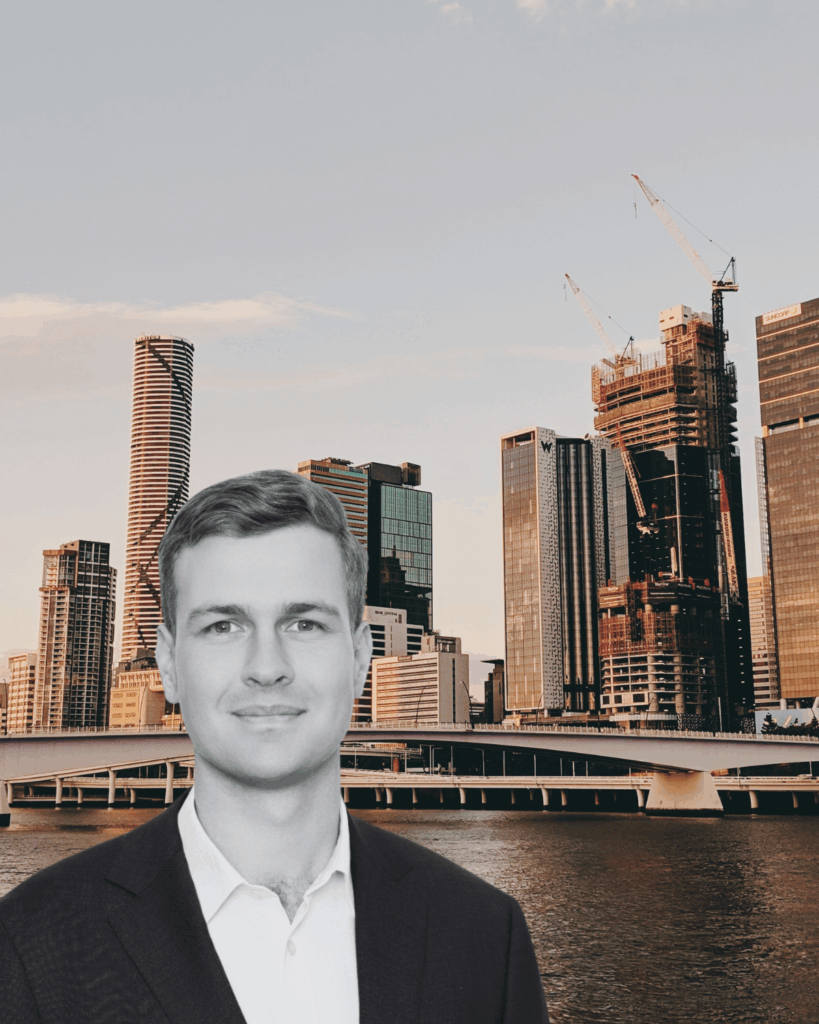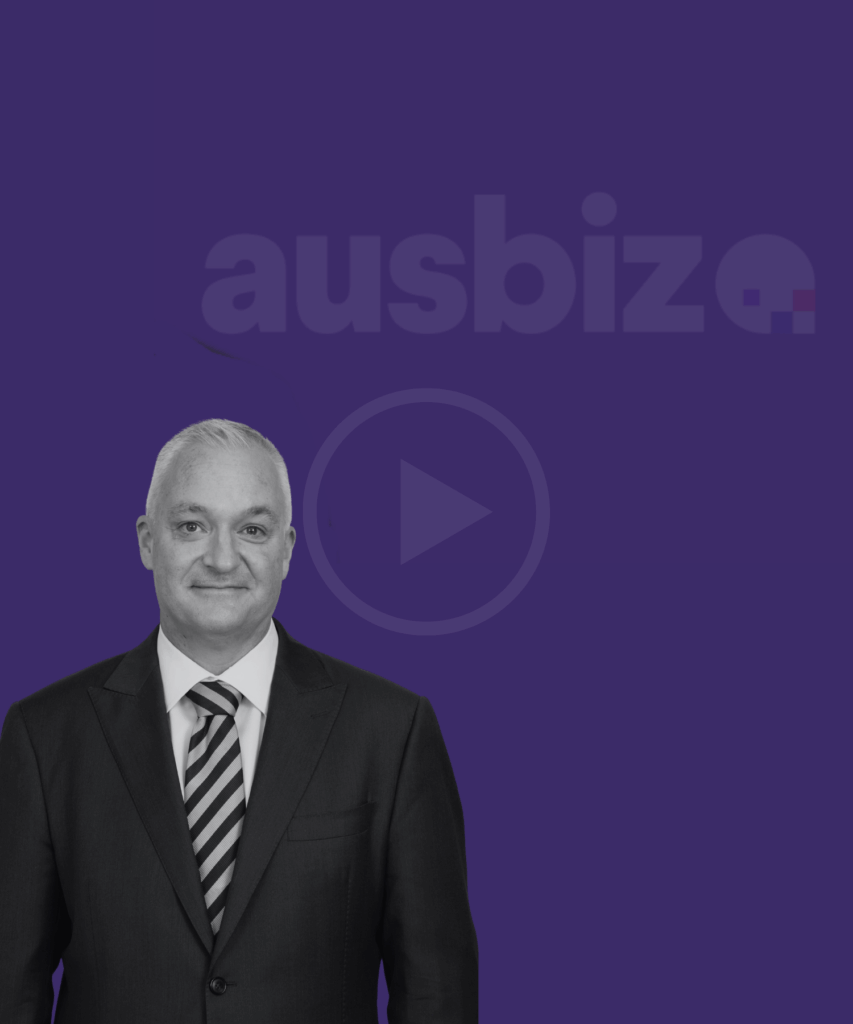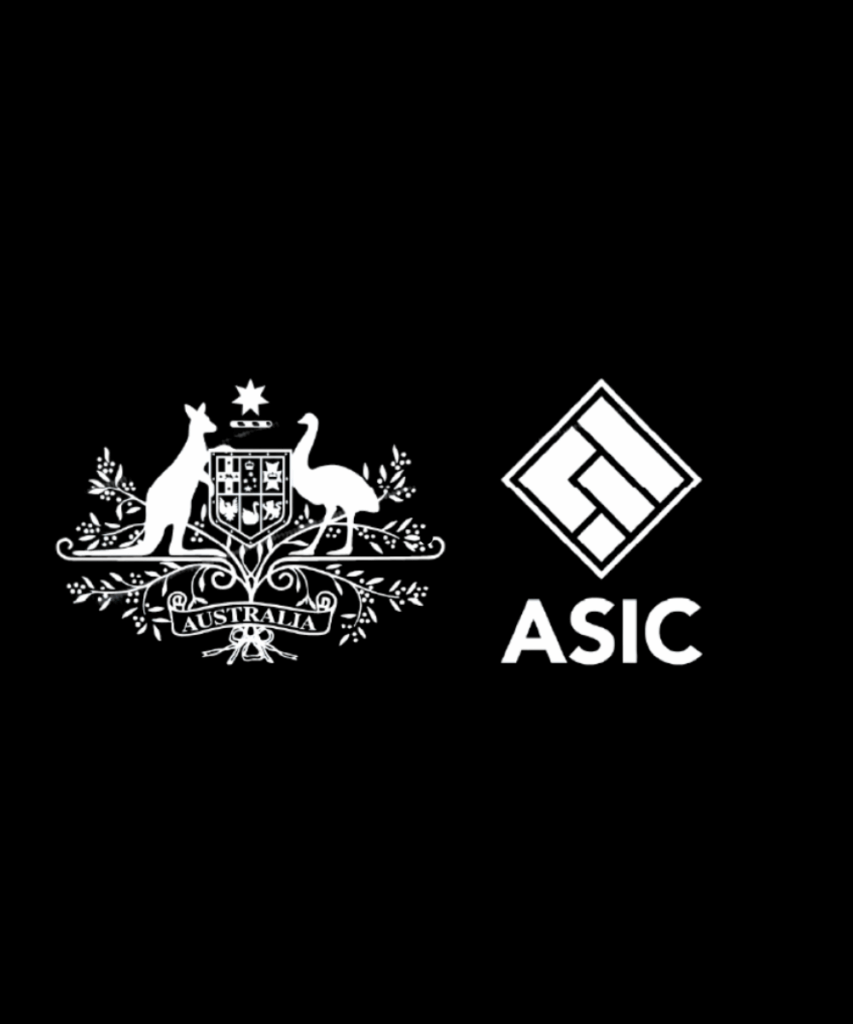

The Urban Developer: From Shopping Malls to Urban Villages: Retail’s Mixed-Use Revolution
Click here to read the original article by The Urban Developer: From Shopping Malls to Urban Villages: Retail’s Mixed-Use Revolution
Traditional shopping centres across Australia are evolving as developers pivot towards integrated mixed-use precincts that combine residential, retail, healthcare and entertainment facilities.
And it’s reshaping how Australians live, work and shop.
Private equity firm Conquest is among companies steering this evolution. Conquest chief executive Michael Akkawi says convenience and lifestyle demands are driving forces.
“Time is driving it. People have less time these days. If you can put services at their doorstep, it’s going to allow time for the other things in their lives,” Akkawi tells The Urban Developer.
Conquest is busy acquiring shopping centres ripe for mixed-use transformation and its Queensbridge retail concept (pictured top) integrates residential towers with ground-level amenities designed for convenience.
“It provides a better amenity for the homeowners, even their wellbeing. I think all their aspects of life improve when they have convenience and timesaving,” Akkawi says.
The firm’s portfolio includes the Eastlakes Shopping Centre, about 6km south-east of the Sydney CBD, that it acquired in May. It is planning 1000 apartments across six residential towers on the site.
The development also includes gyms, green spaces, cinemas and a rebranded Queensbridge Shopping Centre anchored by Woolworths.
“The Queensbridge brand … we are designing for amenity and lifestyle, the ease of convenience, with whatever you need close by that ultimately saves time,” Akkawi says.
As well, Conquest is planning a $250-million mixed-use development with 150 luxury apartments above retail and dining facilities at the former Castlecrag Quadrangle Shopping Centre, 9km north of the Sydney centre.
Meanwhile, about 29km south of the CBD, its $88.6-million Caringbah Pavilion project includes 188 apartments above a Coles supermarket and specialty retail podium.
Combined, the project development value is nudging $1 billion.
Ray White head of research Vanessa Rader says mixed-use developments create more appealing investment products for institutional investors because they offer dual benefits.
“It makes sense. They’re the ones with available capital to fund large-scale projects, then operate profitable build-to-rent residential towers above the retail components,” Rader tells The Urban Developer.
“The idea of having these community-type facilities within the retail centres makes a whole lot of sense because there’s the parking, drive in easy, drop your kid off, go to the library, go to the doctor, go pick up your groceries.
“You’re literally dropping the residential component on top of the amenity. It’s a win-win.”
Australia’s largest mall owner, Scentre Group, is exploring residential development opportunities across its 42 Westfield centres that encompass more than 670ha of land.
Scentre chief executive Elliott Rusanow says there are potentially tens of thousands of homes.
“Our Westfield destinations are located in and around existing civic and transport hubs—places where densification is already occurring,” Rusanow says.
Mixed-use precincts are popping up in most major cities. Frasers Property Australia’s Ed.Square in Sydney’s Edmondson Park combines 700 terrace-style houses with 900 apartments and 35,000sq m of retail space.
In Adelaide, ISPT is pursuing rezoning of St Clair Village Shopping Centre to enable a transport-oriented mixed retail, commercial, childcare and accommodation development.
Essendon Fields chief executive Brendan Pihan oversees a 305ha precinct that evolved from an airport into an integrated destination housing 200-plus businesses and 6000 staff.
Co-owner Max Beck says organic growth fuelled the precinct’s success.
“Once [the key anchors] were in place, other businesses saw the foot traffic and thought, ‘This is where the customers are, let’s position ourselves nearby’,” Beck says.
Essendon Fields includes a DFO, business centre, supermarkets, liquor outlet, a suite of big box retailers and Australia’s largest automotive hub that is selling more than 20,000 vehicles worth approximately $1 billion annually.
Beck says the Hyatt Place hotel is “absolutely vital” for supporting convention facilities and catering for the northwest corridor’s anticipated population growth of a million people over the next decade.
Woodbridge Capital managing director Andrew Torrington says complex mixed-use projects require sophisticated financing approaches that accommodate extended development timelines and multiple revenue streams, but sees growing interest in retail repositioning.
“We are certainly seeing strong momentum nationally toward repositioning retail into mixed-use,” Torrington says.
“The most attractive opportunities for us share three common characteristics: strategic location, genuine community demand, and multiple viable exit pathways.
“And the overwhelming message that I’ve received is the [residential] living sector thematic is the one they want to invest in.”
Woodbridge approaches mixed-use retail redevelopments with conservative loan-to-value ratios and robust interest capitalisation buffers to manage project complexity, Torrington says, with the best sites being those with transport links and existing infrastructure “as they naturally underpin both residential and commercial demand”.
Government policy supports higher-density development around transport nodes. New South Wales and Queensland lead mixed-use approvals through streamlined planning processes.
The NSW Housing Delivery Authority pathway enables fast-track development approval for eligible projects incorporating affordable housing components.
There’s been declining demand for traditional retail as major brands close stores, creating opportunities for alternative uses such as medical centres, childcare facilities and community services.
Still, Rader believes retail’s role will evolve beyond traditional commerce.
“I don’t think retail’s going away. I think people like the community aspect of it,” she says.
“But I’d expect there to be less true retail … and these vacant spaces will be replaced by alternative uses [including] retail environments that increasingly focus on experiential offerings to encourage social interaction and content creation.”
Gyms, rock climbing facilities and elevated food offerings beyond the standard food court fare will also rise, Rader says.
Mixed-use projects will include more co-working spaces to accommodate hybrid work, alongside living subsectors such as build-to-rent, student accommodation and co-living.
Case in point: Andrew ‘Twiggy’ Forrest’s Tattarang investment group recently filed applications for a $400-million transformation of Perth’s Carillon City, featuring a 30-storey student accommodation tower and 17-storey hotel above retail and dining precincts.
Market dynamics are on side, too. More than $6.5 billion in retail assets traded in 2024 with shopping centre vacancy rates below 5 per cent.
Future supply projections indicate just 0.78 million sq m of new shopping centre space between 2024 and 2028, less than half the historical average.
Live-work-play apartment completions quadrupled from 10,000 to 43,700 units between 2012 and 2021.
Little wonder even regional markets are getting on the mixed-use retail bandwagon.
Geelong’s Committee for Geelong has unveiled a vision to convert the declining Market Square into a mixed-use precinct featuring 300-plus apartments, 5000sq m of green public space and heritage refurbishment. The project could potentially unlock more than $1 billion in investment through public-private partnerships.
Mayor Stretch Kontelj said “the redevelopment of Market Square is crucial for the revitalisation of our CBD”.
“We need more people living in central Geelong, and a multi-level, mixed-use redevelopment of Market Square has the potential to transform the culture of our CBD.”
While Akkawi believes urban gentrification suburbs with population growth and new infrastructure are prime candidates for large-scale mixed-use developments, he’s not convinced it’ll become the standard.
He says adoption requires careful assessment of individual market conditions and regulatory flexibility would go a long way to enhancing outcomes, with fewer planning constraints enabling better design for mixed-use lifestyle hubs.
Capital markets recognise mixed-use retail as an emerging asset class, says McVay Real Estate managing director Sam McVay.
He says the Paradise Centre on the Gold Coast is a pioneering example of integrated retail and accommodation.
“Paradise Centre was one of the first shopping centres in Australia to focus on becoming a major entertainment and dining destination and is one of the only centres in the country that incorporates a major hotel.”
The Gold Coast property is currently on the block, It attracts 12 to 14 million annual visitors annually and has a 98.1 per cent occupancy across 23,000sq m of retail space. A 408-key Novotel hotel is part of the asset.
Mixed-use developments address housing supply challenges while creating sustainable revenue streams for retail landlords, Rader says.
And the convergence of demographic trends, policy support and capital availability suggests this transformation will accelerate across Australia’s major metropolitan markets.
It should come as no surprise that Torrington, having previously served as chief executive of Pacific Shopping Centres before transitioning to capital deployment, is a fan.
“I’m obviously ultimately a big believer in retail. That background has given me a deep appreciation not just of the challenges retail faces, but of its resilience and enduring role as the anchor of urban and suburban life.”





